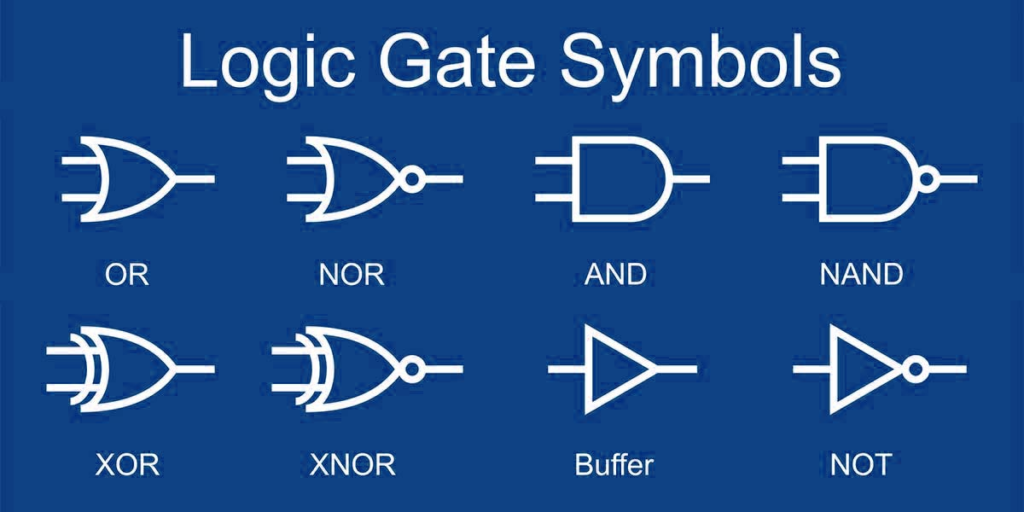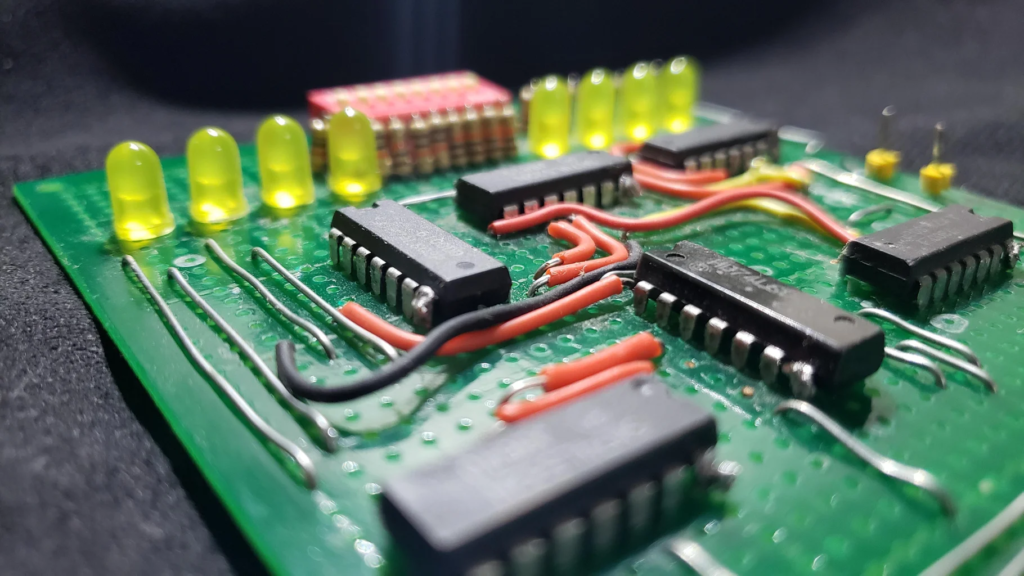These days, with technology booming, digital circuits become the heart of all electronics virtually. Simple mathematical operations bring digital circuits from microprocessors to very complex computing systems into reality. In digital circuits, electronic systems primarily rely on Boolean algebra and logic gates to process information and make decisions logically. The essence of these principles calls for acknowledgment demanded by engineers, computer scientists, and like-minded geeks.
What is Boolean Algebra?
George Boole established Boolean algebra as a mathematical framework in the mid-1800s. It makes it easier to represent and manipulate logical expressions in terms of variables that take on only two values, 1 (True) or 0 (False). The basis of design and optimization of digital circuits functions upon Boolean algebra logic, which employs logical operations such as AND, OR, or NOT.
Basic Boolean Operations
Boolean algebra consists of three fundamental operations:
- AND Operation (*) – This returns true if both operands are true.
- Example: A * B = 1 if A = 1 and B = 1, otherwise 0.
- OR Operation (+) – The operation returns true if at least one operand is true.
- Example: A + B = 1 if A = 1 or B = 1 or both, otherwise 0.
- NOT Operation (‘) – This operation is one that inverts a binary variable.
- Example: A’ = 1 if A = 0, and vice versa.
In digital circuit design, more advanced types of Boolean operations, including NAND (NOT AND), NOR (NOT OR), XOR (exclusive OR), and XNOR (exclusive NOR), find their own application areas.
Logic Gates and Their Functions
Logic gates actualize logicality in digital electronic circuits. These electronic devices accordingly take binary inputs and produce the defined binary output according to various logical rules. The main logic gates include:
- AND Gate – Outputs 1 only if all inputs are 1.
- OR Gate – Outputs 1 if at least one input is 1.
- NOT Gate – The original value is maned about the opposite (0->1, 1->0).
- NAND Gate – Outputs not trom NOR logic gate (opposite or NOR operation).
- NOR Gate – Give the negation of OR (OR together with the NOT operation) gate.
- XOR Gate – Outputs 1 only if the inputs are different.
- XNOR Gate – Outputs 1 only if the inputs are the same.

These logic gates provide the basic building blocks of digital circuits, which are then adapted into more complex electronic systems such as microprocessors, memory units, and digital signal processors.
The Role of Boolean Algebra in Digital Circuit Design

Boolean algebra enhances all the benefits of simplifying a logical expression, like decreasing the number of gates used, in further improving the efficiency of the circuit from initial designs to final layouts. It has other advantages such as the following:
- Circuit Simplification – Boolean algebra is a very essential tool for simplifying various logical operations in order to obtain a low-cost yet efficient design.
- Efficient Troubleshooting – Engineers may use simplification of logic for diagnosing faults and debugging in circuit designs.
- Speed optimization improves latency and processing speeds, as many logic gates ensure better performance—truth be told.
- Memory Optimization – Compression applied to the logic circuits of digital systems reduces the amount of storage utilized.
Real-World Applications of Boolean Algebra and Logic Gates
Boolean algebra and logic gates are integral to various technological applications, including:
- Computers and Processors – A processor, rather popular during the initial day of creation that, not only adapted to performing arithmetic operations like addition subtracting, and division, but also executioned some operational execution towards some sort of modification, controlling, and so on, both computer realities and daily activities wherever data virtually translates and mutates aggressively forwards.
- Digital Storage Devices – Logic gates are used in memory units to store and retrieve data.
- Embedded Systems – Microcontrollers use sensors and actuators to carry out signals using a range of logic gates and logics.
- Networking Devices – Boolean logic is used by routers and switches to process data packets.
- Automated Control Systems – Often in industrial automation and robotics, logic gates are employed as decision-making devices.

Conclusion
Digital circuits, wherein Boolean algebra and logic gates form their soul, revolutionized the technology arena in the modern world. Understanding and applying these principles allow engineers to design electronic systems that are energy-efficient, reliable, and high-performance. As we keep on advancing technologically, Boolean algebra and logic gates are very much alive for the advancement of computing, automation, and digital communications-based innovations.



